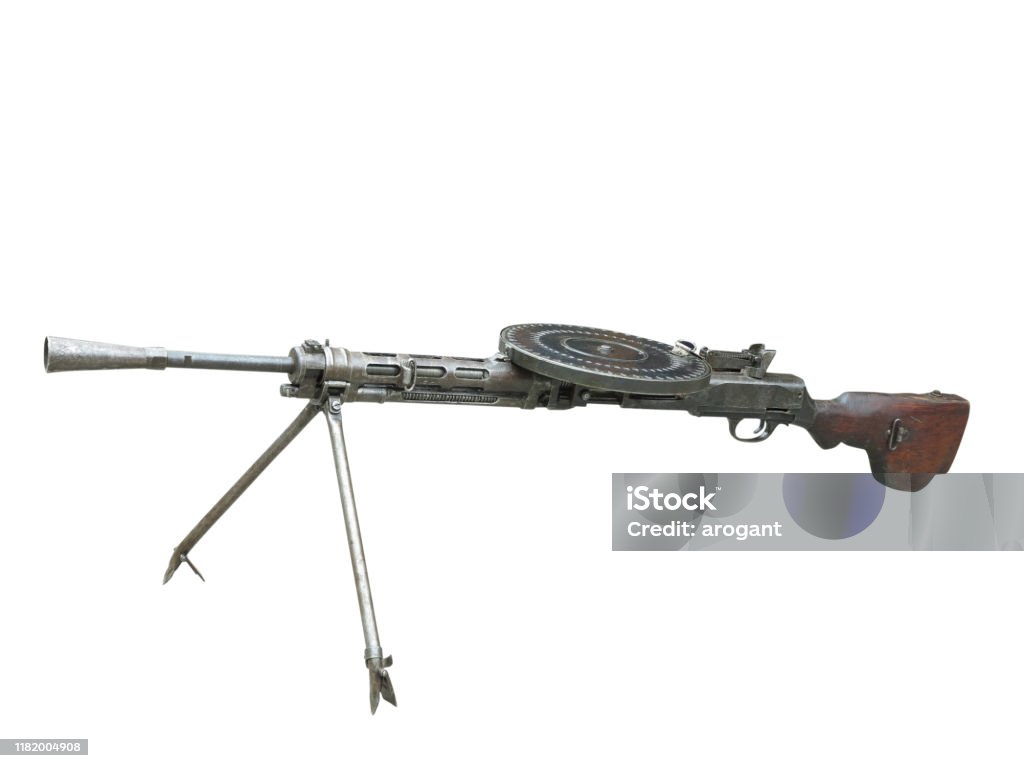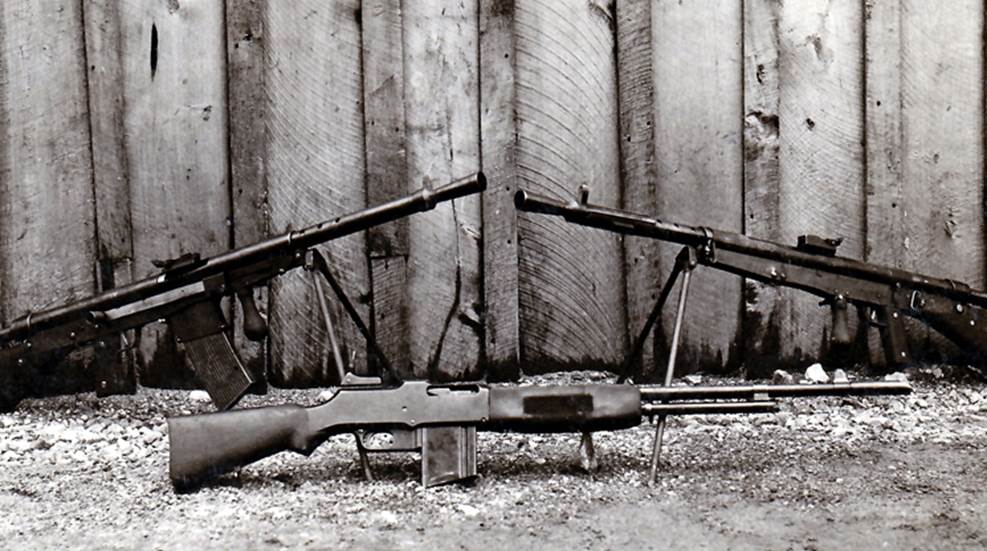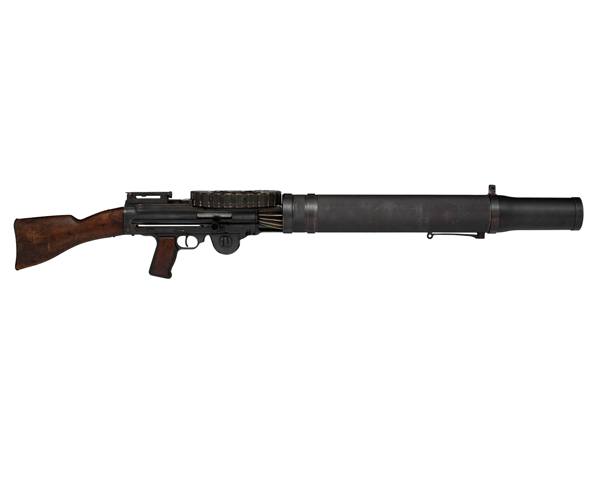Depending on the gunner and conditions, a barrel change could be needed as typically as every 200 to 250 rounds. When the hot barrel was removed, it was set aside until it was cool enough to utilize once again. Machine-gun groups would have as lots of as 6 spare barrels on hand.
Driving through a recently secured area in Belgium, the observant Liniewski found the abandoned weapon in a field. Liniewski then did what any without supervision GI would have done in that position; he stopped his truck and seized the opportunity to snag an excellent keepsake for the folks back home. As a support soldier, Liniewski was not familiar enough with weapons to disassemble his MG-42, so he hung on to it for a while till he found a camp where German prisoners of war were being held.
The weapon remained in the Liniewski household up until 2016 when his son Marty contributed the weapon to the Museum. In spite of its propensity to overheat, the MG-42 was an excellent weapon that was light-years of ahead of the US equivalent, the Browning M-1919A4 gatling gun. Germany produced approximately 400,000 MG-42s during the war, some of which are still in active duty.

Taken together, all these weapons offered the Red Army a more useful variety of assistance weapons, much better able to challenge the Germans for fire supremacy on the battleground. Completely detailed, this study discusses the technology and the strategies of these device guns. Noted authority Chris Mc, Nab sets out how these gatling gun were dispersed and tactically used and supplies various examples of the weapons in action, from attack groups on the streets of Stalingrad to tank crews struggling for survival at Kursk.
See This Report about Machine Guns: Types And Tactics Of The First World War
Illustrated with premium photographs and specifically commissioned artwork, this is a deep analysis of these essential tools of warfare within the Soviet forces.
Taken together, all these weapons offered the Red Army a more useful variety of assistance weapons, better able to challenge the Germans for fire supremacy on the battlefield. Totally illustrated, this research study discusses the technology and the strategies of these maker guns. Kept in mind authority Chris Mc, Nab sets out how these device weapons were dispersed and tactically applied and offers numerous examples of the weapons in action, from attack groups on the streets of Stalingrad to tank crews struggling for survival at Kursk.
Illustrated with high-quality photographs and specially commissioned artwork, this is a deep analysis of these vital tools of warfare within the Soviet forces.
The gatling gun company, commanded by a captain, had an assigned strength of six commissioned officers and 172 enlisted men, and carried 16 guns, four of which were spares. Within the company there were three platoons and a headquarters section. A first lieutenant led the first army, while second lieutenants led armies two and three.
First World War Guns Things To Know Before You Get This


Within each section were two gun squads, each with one gun and nine men, led by corporals. The gun squad had one combat cart, pulled by a mule, to transfer its gun and ammunition as near to the firing position as enemy fire enabled. From there the crews moved the guns and ammunition forward by hand.
The battalion had a strength of 16 officers and 377 gotten males and was motorized. It had only two companies, identical to the other device gun companies in terms of personnel and weapons. Each weapon team utilized an unique motor automobile to transfer its personnel, weapon and equipment. The battalion was typically in division reserve, ready to perform objectives as the department commander ordered.
In this function the weapons were put 300 to 1000 meters to the rear of the cutting edge. When they used their guns in that style, the gatling gun officers often faced opposition from the rifle business commanders, who chose to have the weapons farther forward, fearing that their infantrymen would be at risk of roaming low rounds as they advanced under the overhead gatling gun fire.
In addition, they quickly discovered that the gatling gun were high concern targets for enemy fire, which it was beneficial to have the weapons at some range from the infantry positions. Considering that enemy maker guns posed the biggest danger to the attacking soldiers, the gatling gun crews strove to locate the opponent guns and to focus their fire upon them.
Examine This Report on New Weapons Of World War 1
A proportion of the guns was kept back as a reserve under command of the gatling gun officer. 6Machine weapon tactical teaching dictated that in the defense the Hotchkiss guns must just hardly ever lie within 100 yards of the cutting edge and that at least two-thirds of the guns must be echeloned back through the entire defensive position, located so that nearby weapons would be equally supporting.

7 To find other functions on the check out our THE DOUGHBOY CENTER wishes to continually broaden this feature. Additions and talk about these pages might be directed to:.
I was impaled on this. My only fear was that he would push the trigger which would have made a hell of a mess. In the meantime, my sergeant who was near he saw me; can be found in close; shot the fellow and then hoisted me, with the aid of another guy, off the bayonet.
A bayonet injury directly it goes in it injures and the withdrawal is probably even more distress than the 'putting in' due to the fact that the 'putting in' is immediate. Another type of weapon was the trench club.